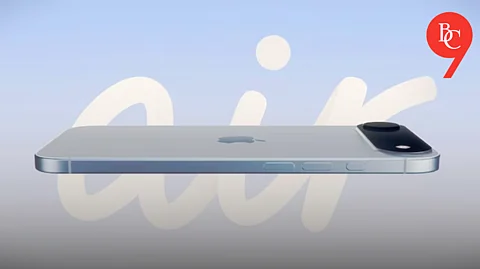

Apple’s flagship iPhone 17 Pro series, expected to launch on September 8, 2025, is receiving widespread attention thanks to a potentially game-changing display upgrade. The upcoming iPhone 17 Pro and iPhone 17 Pro Max will likely feature a scratch-resistant, anti-reflective display layer—a significant leap forward in both user experience and durability.
The standout feature for the iPhone 17 Pro line is a new coating technology that is engineered to serve two key functions:
Superior scratch resistance: Offering greater durability against daily abrasions than the current Ceramic Shield.
Anti-reflective properties: Cutting down glare and reflections significantly, leading to better screen clarity even in harsh sunlight.
This advanced layer will mark a significant improvement over what’s currently available on iPhone displays—and positions Apple to better compete with rivals like Samsung, whose flagship phones already use Gorilla Glass Armor to address similar issues.
Originally reported in 2024, this display innovation faced skepticism over production viability. Reports earlier this year suggested the anti-reflective and scratch-resistant glass might be scrapped because the process was too slow and difficult to scale for Apple’s massive volumes. However, recent developments indicate these technical challenges have finally been overcome, with supply chain sources confirming high enough yields for mass production.
Only the iPhone 17 Pro and Pro Max will receive this upgraded display when the series debuts in September 2025. The standard iPhone 17 and the new iPhone 17 Air model will likely stick with the existing Ceramic Shield glass, further differentiating the Pro line as the showcase for Apple’s top-tier technology.
Alongside the advanced display, leaks suggest the iPhone 17 Pro models will also bring:
Apple’s latest A19 Pro chip with 3-nanometer technology
12GB RAM, improved AI capabilities
Enhanced rear and front camera systems
New frame designs and color options
All these features reinforce the Pro tier’s identity as the go-to choice for tech enthusiasts and power users.
With Samsung’s recent flagships reaping positive reviews for anti-reflective displays, Apple’s move is a direct answer to evolving consumer expectations for smartphones that are not just beautiful but practical for real-world use. This feature could become a strong selling point, particularly for those who spend ample time outdoors or routinely face screen scratches.
